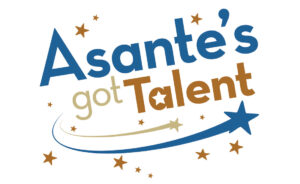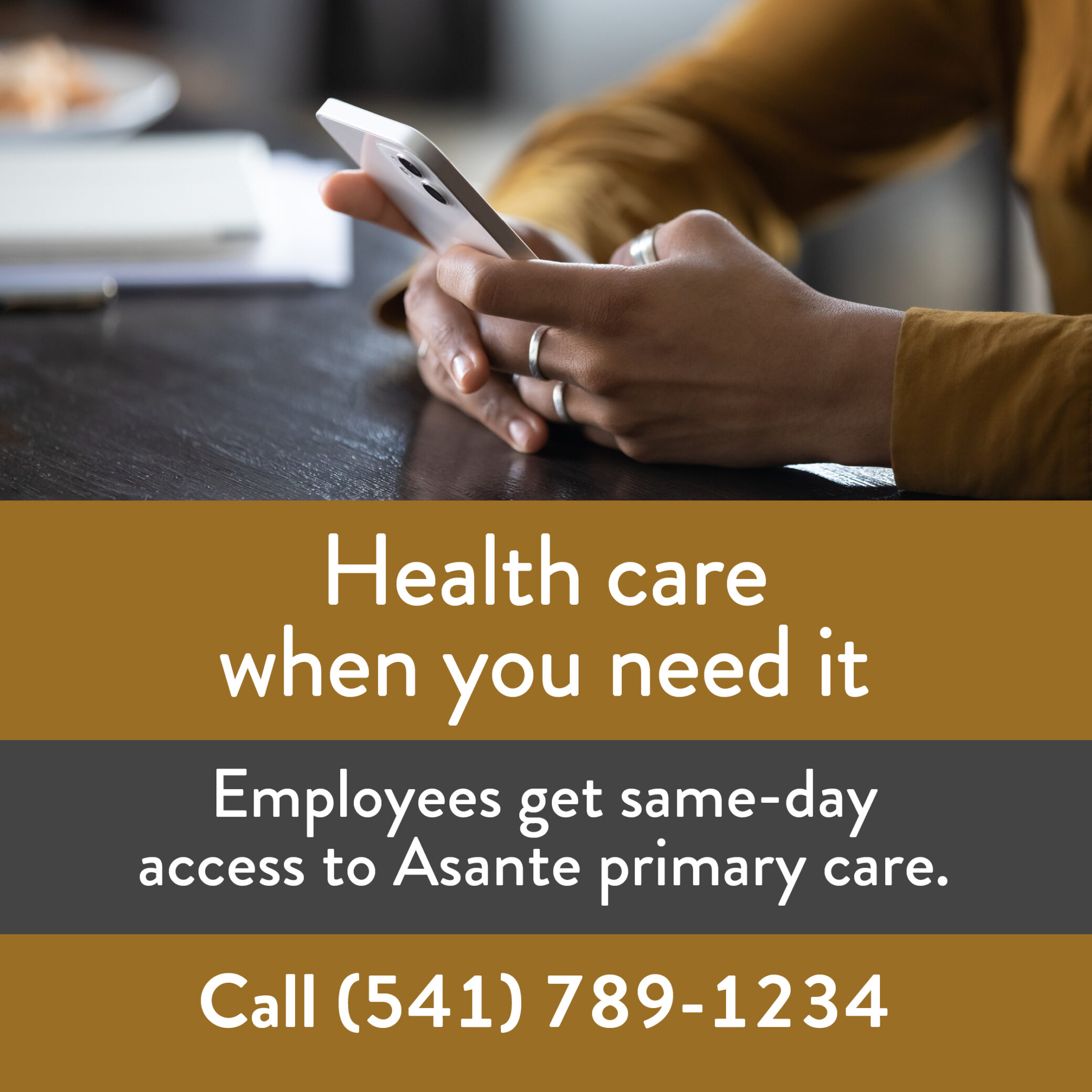Share:
Post-procedure, a storm after the calm
A patient woke up from her procedure. She was a little groggy but everything had gone well. Within minutes, however, she began yelling, cussing, and threatening to leave or attack anyone who came near. The care team was caught off guard. Who would have suspected that this person, who was calm before the procedure, would wake up combative and threatening?
The team at AACH’s PACU thought fast on its feet. Without realizing it, they adopted trauma-informed principles to create safety quickly for all involved.
Trauma-informed care focuses on emotional and psychological safety by empowering individuals and teams to act with choice, integrity and clear communication.
This team quickly decided that matching the patient’s level of attack with a counterattack in the form of a code gray would not create safety. Instead, they asked the patient’s significant other to come be with her. The team could see that what the patient needed was safety and an anchor back to something, or someone, familiar.
The team mitigated the patient’s post-procedure trauma and averted a workplace violence event. After the patient was safe, the team, along with manager Megan Owen, tended to their own trauma. They debriefed the situation and defined action steps to ensure that future encounters with this patient would set everyone up for safety.
They used a few tools put in place by the Asante Workplace Violence Prevention program:
- An FYI flag for violence issues was placed in the patient’s chart. Staff noted the triggers for this patient and the benefit of connecting the patient with her loved one to avert problems.
- Care Everywhere was accessed in Epic to get the full patient history. Reviewing history helps answer the trauma-informed question: What happened to the patient that contributes to the unsafe behaviors?
- The case was brought to the Workplace Violence Prevention Incident Review Council. This multidisciplinary council reviews workplace violence incidents to better understand what the gaps and needs are in addition to what the strengths and resources are. The council determined that Megan and her PACU staff relied on their strengths and tools effectively and validated that prevention, skillful intervention and after-event (postvention) steps effectively reduce trauma and help us learn from complex and threatening situations.
Being caught off guard and contending with ethically challenging cases is a constant in acute health care. Kudos to Megan and the AACH PACU team for seeing this situation through to everyone’s safety!
For questions about Asante’s workplace violence prevention program, email WP*@as****.org.
Workplace Violence Prevention
Log into the Asante network to find:
- Policies
- Tools and resources
- Instructional videos
- Self-service posters
If you have a question, please contact the author or relevant department directly.



